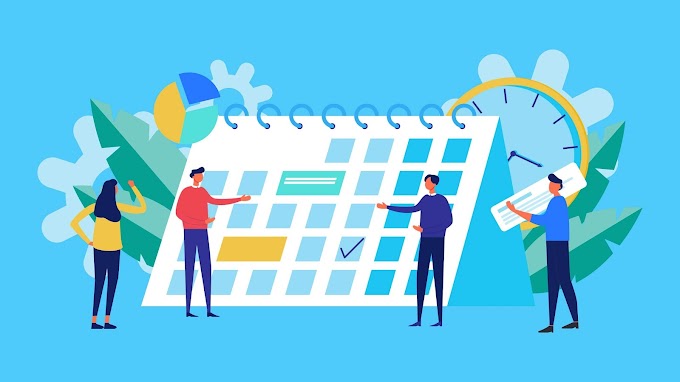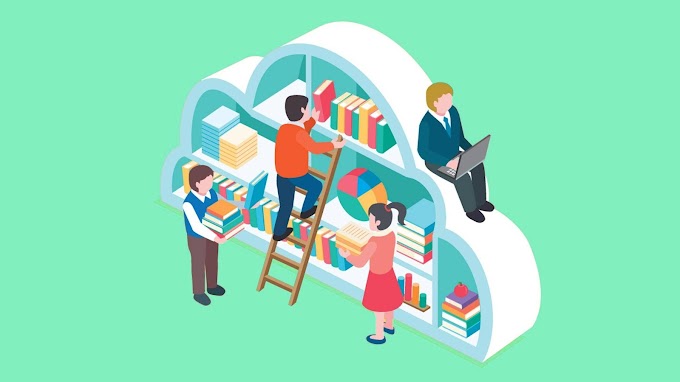A cognitive distortion is like a virus wired into the DNA of our brains. It acts on the sly by influencing your other decisions — whether you choose a product in a store or a partner for a long-term relationship. Even the smartest and most educated people sometimes make foolish conclusions — and this is all due to cognitive errors. The good news is now all of that can be detected and dealt with at ease. This article will cover the seven most common cognitive errors and learn techniques to eliminate these delusions.
What Are Cognitive Biases, And Why Do They Occur?
Cognitive bias is a thinking preference that affects the judgments and
decisions that people make.
Since the brain's energy resources are limited, it always tries to
follow the least resistant path. Our brain builds "rails" that
enable a smooth and straight surface throughout life, through which people can
come to their desired conclusion. But the downside of accelerating thinking is
overlooking a few mistakes.
Cognitive errors are not always harmful. Psychologists believe that many
of them serve as an adaptive goal for survival.
For instance, if you are walking down a dark alley and notice a dark
shadow that seems to be following you, the cognitive distortion will conclude
that it is a burglar and that you need to get out of there as soon as possible.
A flag fluttering may have just caused the dark shadow in the wall, but relying
on mental shortcuts can help you get away from danger in situations where
decisions need to be made quickly.
But if you make long-term decisions in a calm environment, cognitive
errors can play a trick on you. So it is time that we learn to recognize them
and fight them back.
 Flashback Effect
Flashback Effect
The Flashback effect is a common bias that includes the tendency for people to see events, even random
ones, and predict them subsequently.
In one classic experiment,
students were asked to predict how likely Clarence Thomas would be elected to
the US Supreme Court. Before the Senate vote, 58% of students had no doubts
that Thomas would win. After the elections, scientists again interviewed
students, and then 78% said they believed in the election of Thomas.
So, this tendency to look back
at events and believe that we "knew it all along" is surprisingly
common. After the exams, students look at the questions and think, "Of
course! I knew it," — even if they missed them altogether in preparation.
Investors look back and believe they could predict which companies will
dominate the market.
When such people predict the
next time, they end up with incorrect predictions of random events. So while
making decisions, make sure to remind yourself that many things are entirely
unpredictable, and we cannot predict them in any way.
Disinformation Effect
Our memories of specific
events are strongly influenced by things that have happened after the actual
event, and this is called the misinformation effect. A person who has witnessed
a car accident or crime believes their memories are crystal clear, but
researchers have found that memory is susceptible to even very subtly
influences.
In an experiment [ Loftus, E.
F, 1989 ], footage of car accident was shown to a bunch of people, and then
they were asked slightly different questions, like:
- How fast were the cars
going when they hit each other?
- How fast were the cars
going when they crashed into each other?
Then a week later, they were
asked the same question, but with different wording. The researchers found that
this slight change in wording made them remember specific memories they hadn't
seen. These people also incorrectly reported that they noticed broken glass in
the video when asked for a more negative second option.
People subconsciously adjust
their memories based on other information received after the event. You
probably won't believe it, but this trick is often used by television men when
interviewing witnesses with the "memories" they need. Therefore, you
should not trust the testimony of only one participant. Analyze as many sources
as possible to get an objective picture.
False Consensus Effect
People tend to overestimate
how much other people agree with their beliefs, behaviors, and values and this
tendency is known as the false consensus effect.
The false consensus effect
occurs for several reasons:
- Close people (friends or
family) often tend to share very similar opinions and beliefs. As a
result, our brain begins to think the way that majority of the people
thinks. The consensus effect is still valid when we are with people who
are not part of our family and friends.
- Believing that other
people are just like us is good for our self-esteem as this enables us to
feel "normal" and maintain a positive self-image.
- With the advent of search engines and social networks, we have encapsulated ourselves within information bubbles. We consume the information that the online world wants us to know. Based on that information, we jump to an easy conclusion that everyone else has the same content/opinion.
An easy way to combat the
false consensus effect is to expand your offline social circle and look for
more different online points of view.
Availability Heuristic
After seeing some news stories
about car thefts in your area, you may start to believe that such crimes are
more common than they are in reality. Consequently, this tendency to estimate
the likelihood of events based on how many examples readily come to mind is
known as the Heuristic availability. It's essentially a mental bypass designed
to save us time when we are trying to identify risk.
Very often, this mode of
thinking leads us to misjudgment and bad decisions. Smokers who never knew
someone was dying from a smoking-related illness may underestimate the health
risks. On the contrary, if you have two sisters and five neighbors who have
had breast cancer, you can believe that it is even more common than the
statistics say.
Sometimes all you need to do
is dig a little deeper to overcome Heuristic availability. The media are very
fond of reporting acts of terrorism, and less often, they write about domestic
murders. The avaliability heuristic says the streets are full of terrorists.
But by comparing statistics we found that murderers kill 90 times more Americans than
terrorists.
Anchor Effect
People tend to overestimate
the first information they receive when deciding, and this information is
called anchor information. The notorious first impression is also a consequence
of this effect. When we meet a person, we first pay attention to his appearance
and facial expression. It is these anchors that will largely determine our
attitude in the future.
However, this is a very
dangerous cognitive bias. Physicians, for example, may become susceptible to
the anchoring effect when diagnosing patients. The doctor's first impressions
of the patient often create a reference point that can misinterpret all
subsequent diagnostic evaluations.
That is why a good doctor will
undoubtedly ask you in detail about all the symptoms, even if he can read them
in the medical history. So this allows him to discover specific information
that could have been missed in the meeting.
Distortion of The Observer/Participant
How we perceive others and how
we evaluate their actions can significantly depend on whether we are a
participant or an observer. When it comes to our actions, we often tend to
attribute things to outside influences. We complain that we ruined a crucial
meeting due to jet lag or failed the exam due to the instructor asking many
tricky questions.
However, when explaining other
people's actions, we are more likely to attribute their behavior to internal
causes. A colleague ruined an introductory presentation because he was lazy and
incompetent (not because he took a long flight). A fellow student failed the
test because he lacks diligence and intelligence (not because the teacher asked
the same tricky questions) and so forth.
To deal with this distortion,
you need to remind yourself that each phenomenon usually has several external
and internal causes. Make a list of them and analyze each, abstracting from the
personality — yourself or another person.
Halo Effect
In a classic experiment, the
discoverer of this effect, Edward Thorndike, asked officers to rate the various
qualities of their soldiers. These characteristics included things like
leadership, appearance, intelligence, loyalty, and reliability. He noticed that
high scores for one quality overlap with scores for other characteristics. For
instance, soldiers with high intelligence were attributed with good looks, etc.
Such errors can have a
powerful effect in the real world. For example, charming job candidates are more
often considered intelligent and competent.
Imagine two women are
advertising a product on TV. One is well-groomed and confident, while the other
one is poorly dressed and mutters under her breath. Which of these ads would
most likely prompt you to buy a product? Meanwhile, they are promoting the same
product with the same characteristics.
So it is crucial to focus on
the objective metrics of a person or product so you don't fall under the
influence of this cognitive error.
Conclusion
Cognitive biases arise from
our brains attempting to save time and energy to make quick decisions. There is
no doubt that this is sometimes useful for survival situations. However, if you
are making a long-term decision, it may lead to an erroneous conclusion. To eliminate
cognitive biases, make sure that you learn to notice the factors, analyze the
data consciously before you conclude.
And as Always...
Many thanks for reading.

















0 Comments